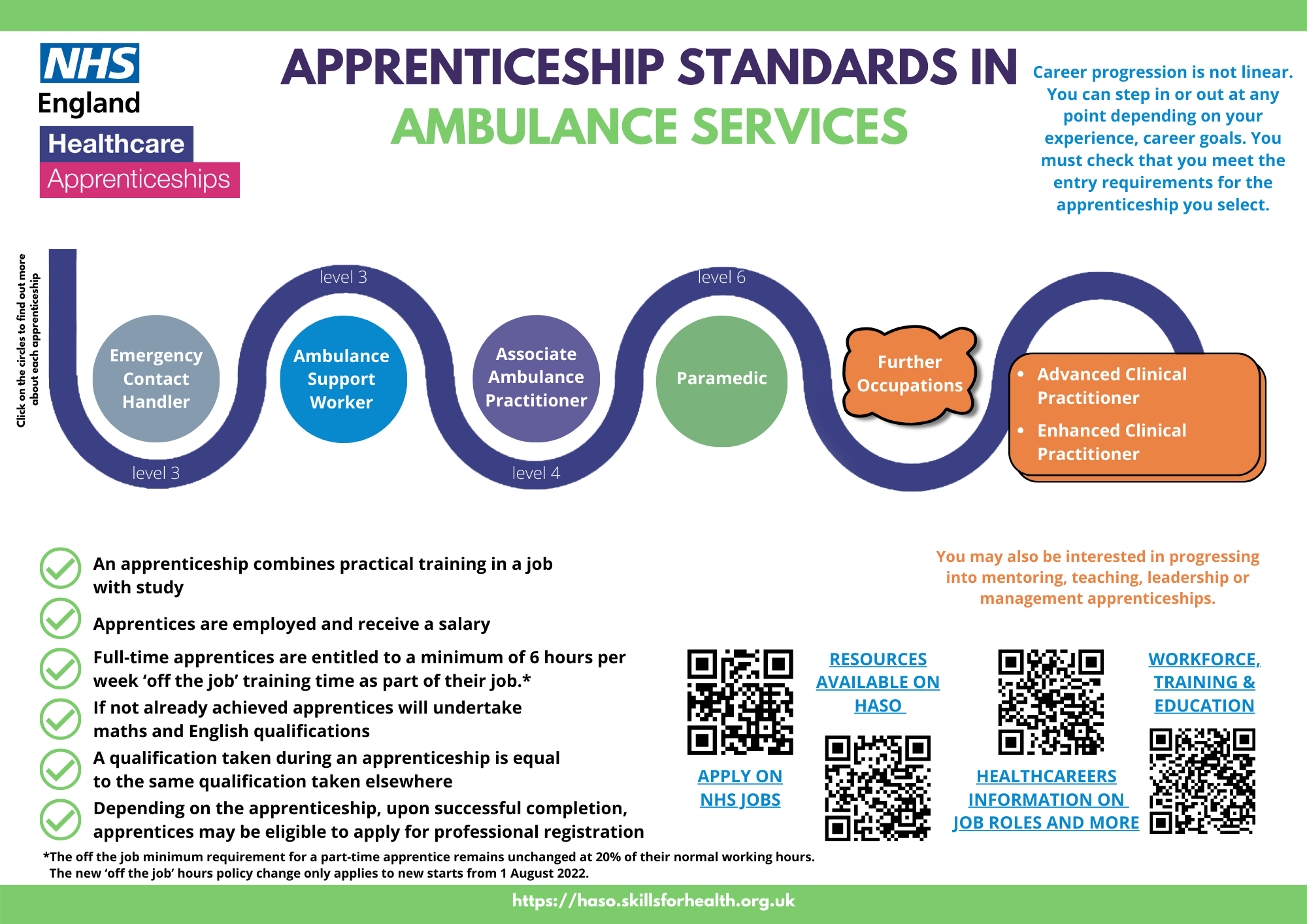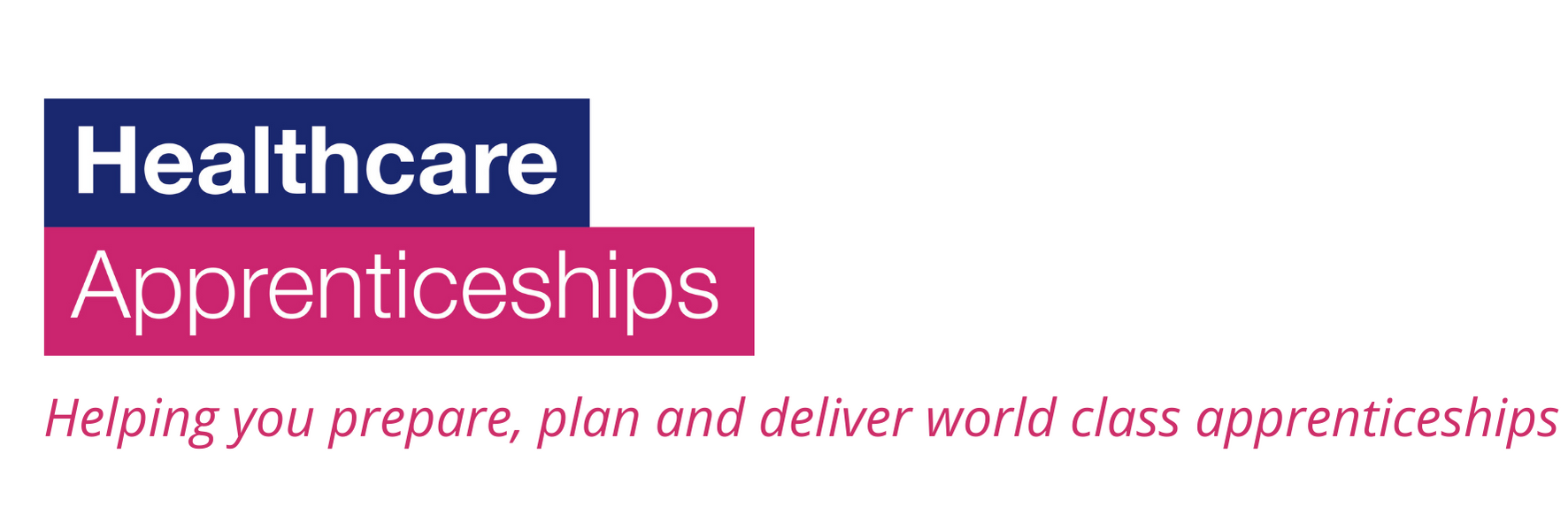 Ambulance services are at the heart of the urgent and emergency care system. They respond to emergency calls to provide care and clinical support to the public within an agreed scope of practice.
Ambulance services are at the heart of the urgent and emergency care system. They respond to emergency calls to provide care and clinical support to the public within an agreed scope of practice.
Ambulance trusts and services may also undertake non-urgent patient transport services on a commercial arrangement with their local hospital trusts or health boards, or in some cases on directly funded government contracts, although these contracts are increasingly fulfilled by private and voluntary providers.
There is a whole team dedicated to delivering emergency help. These are call handlers, dispatchers, care assistants, medical technicians and paramedics.
The Ambulance Services Apprenticeship Standards printable gives an overview of the apprenticeships available in this area.
Apprenticeship occupations in this family include:
- Level 3 Ambulance Support Worker (Emergency, Urgent and Non-urgent)
- Level 3 Emergency Services Contact Handler
- Level 4 Associate Ambulance Practitioner
- Level 6 Enhanced Clinical Practitioner
- Level 6 Paramedic (degree) (HCPC 2022)
- Level 7 Advanced Clinical Practitioner (degree)
Follow the links to see more about each apprenticeship including the stage of development, funding band and duration. You can also download the standard and end point assessment documents as well as checking the training providers and end point assessment organisations that may be available.
Pathways Tool
You can access our Pathways Tool here.
This tool allows you to see more about how apprentices may progress from one occupation to another.
Resources:
- IfATE Occupational Maps – Useful for exploring apprenticeships by occupational route
- Ambulance Support Worker (Emergency, Urgent and Non-urgent) – Information pack
- Employer case study – North-West Ambulance NHS Trust
- Apprenticeship Costing Calculator / Planning Tools
- Enhanced Clinical Practitioner Employer Guidance
- Paramedic (Degree) Apprenticeship – Information pack


